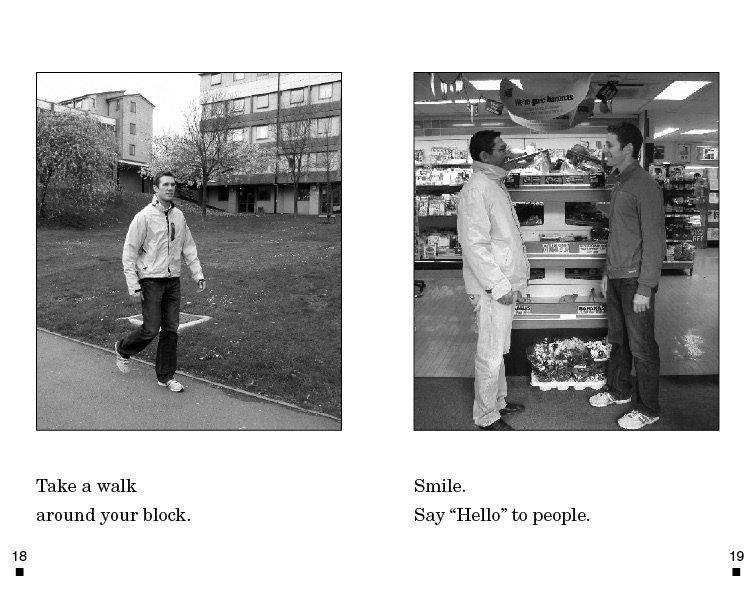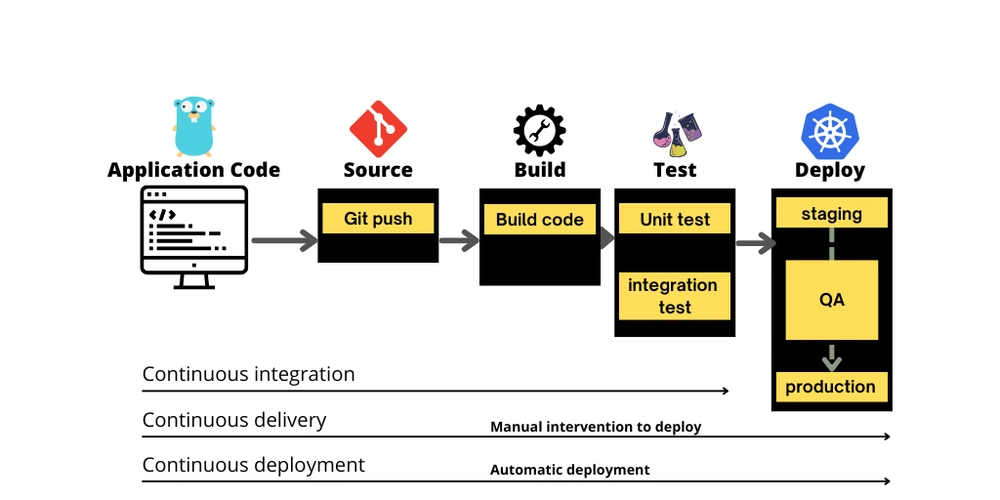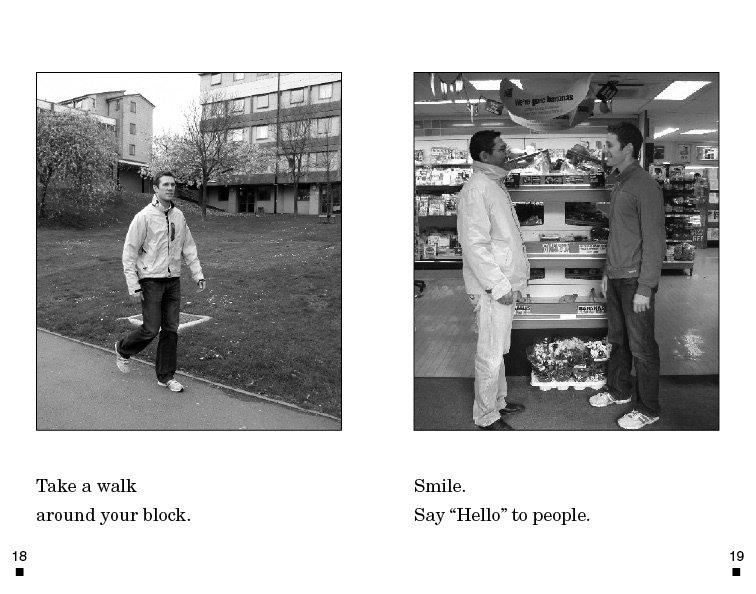In today’s fast-paced, digital-first world, building a community from scratch isn’t just a trendy idea — it’s a necessity for those who want to leave a legacy, foster connection, or launch a meaningful movement. Whether you’re an artist, an entrepreneur, or someone with a powerful story to tell, community is how we stay alive — even after we’re gone. At Remin.site, we believe death is not the end, but the beginning of what you leave behind. And a strong community ensures your ideas, values, and memories continue to live on.

Why Community Building Matters in the Digital Age
Never before has it been easier to connect with like-minded people from across the globe. And yet, loneliness is on the rise. This paradox makes one thing clear: it’s not about connection; it’s about meaningful connection. A vibrant, engaged community gives people a place to belong, to grow, to be seen.
- Trust grows within small, safe groups.
- Ideas evolve when shared and challenged.
- Legacy is built when people pass on their values together.
“A community is not just a group of people. It’s a shared narrative.” — Unknown
Whether you’re starting a niche discussion group, building a fanbase, or launching a platform for remembrance like Remin, the foundation is the same: human connection fueled by shared purpose.
The Psychology Behind Belonging
Belonging sits at the core of Maslow’s hierarchy of needs. We crave more than survival — we yearn to be seen, heard, understood. A well-built community satisfies these deep psychological needs by:
- Offering emotional safety.
- Creating identity and ownership.
- Allowing space for shared goals and rituals.
When people belong to something bigger than themselves, they are more likely to stay loyal, contribute authentically, and pass that community on to future generations — just as Remin aims to preserve legacies across time.
Step-by-Step Guide to Building a Community from Scratch
Let’s walk through the modern, human-centered approach to creating a community that not only survives — but thrives.
1. Define the Purpose and Mission
This is your north star. Why are you building this community? What do you want people to feel, share, or become once they join? Without a crystal-clear mission, the community will lack direction and energy.
- Be specific. “We want to help artists connect” is too vague. Try: “We support emerging illustrators navigating mental health through shared storytelling.”
- Use language your audience uses.
- Keep it emotional, not corporate.
At Remin.site, our mission is simple: we create a safe space where your memories and values are preserved and shared — so your story never dies.
2. Identify Your Core Audience
Who are the people you’re speaking to? Build detailed personas that go beyond age and profession:
- What keeps them up at night?
- What problems are they trying to solve?
- Where do they currently gather online?
Engage your early adopters. Ask questions. Use audience research techniques to validate your assumptions. Give your audience a voice in shaping the space they’ll eventually call home.
3. Choose the Right Platform
Not all platforms are created equal. Your chosen space must reflect your community’s tone, needs, and rhythm.
– Social Media or Forums?
Ask yourself: Do you want rapid conversations or deep, threaded discussions?
- Facebook Groups: Great for casual engagement, but limited control.
- Discord: Fast-paced, real-time interaction. Ideal for younger, digital-native groups.
- Reddit: Anonymity and upvotes allow rich, organic conversations — but moderation is crucial.
Read our related post: Choosing the Best Platform for Community Growth.
– Consider Community Management Tools
For more controlled and intimate ecosystems, platforms like:
offer branded experiences, email integrations, content hubs, and robust analytics — perfect for mission-driven projects like Remin.
4. Create Engaging and Inclusive Content
You can have the best platform and mission in the world, but without consistent, meaningful content, your community will stay silent. Speak directly, invite feedback, and celebrate your members.
– User-Generated Content
Empower your community to contribute. Feature stories, memories, questions, or even frustrations. People engage more when they feel seen.
– Consistency and Authenticity
- Create weekly rituals (e.g., “Memory Mondays” on Remin).
- Use storytelling, not marketing speak.
- Highlight real voices, not brand slogans.
Remember, the best communities are built on truth, vulnerability, and repetition.

5. Foster Conversations and Events
Silence kills momentum. Launch interactive threads, pose reflective questions, and host live events that encourage connection and co-creation.
- Monthly virtual meetups
- Spotlight interviews with members
- Legacy-sharing circles — ideal for platforms like Remin
Whether it’s a livestream or an intimate Zoom call, ritual creates rhythm, and rhythm builds trust.
6. Measure, Iterate, and Sustain
Growth without insight is vanity. Track what’s working, what’s not, and adjust. Use tools like:
These platforms offer rich data to help you optimize engagement, understand user journeys, and build with intention — not guesswork.
Coming Next: In the second half of this guide, we’ll explore real-world case studies, must-have tools, and how to overcome common challenges. You’ll see how grassroots communities like Grassroots Books and DEV Community rose from nothing to thriving digital families.
Keep building. Keep remembering. And never forget: community is how we live on.
Tools and Resources to Support Your Community Building Journey
Once your foundation is in place, the right tools can help you scale, automate, and stay deeply connected to your community. Whether you’re managing a growing digital forum or curating memories for legacy preservation at Remin.site, these resources are your community’s lifeline.
Digital Platforms
Choose your platform wisely — it will shape how your members interact, grow, and stay connected. Consider:
- Discord – Ideal for real-time discussions, topic-specific channels, and younger audiences.
- Reddit – Excellent for niche interest groups and anonymous sharing, but moderation is key.
- Circle.so – Purpose-built for community building, offering clean UI, course support, and paid membership options.
- Mighty Networks – Great for community-driven brands and course creators looking to monetize.
Analytical and Engagement Tools
Monitoring health and growth helps ensure your community isn’t just active, but aligned with your mission. Recommended tools:
- Orbit – Understand engagement levels and identify core contributors.
- Commsor – Track growth metrics and member retention.
- Common Room – Real-time insights across platforms like Slack, GitHub, and Discord.
Real-World Examples of Successful Community Building
Case Study 1: Grassroots Book Club

What started as a small, independent bookstore became a cross-generational community of readers exchanging more than just books — they shared memories, philosophies, and culture. By hosting open mic nights, memory-sharing events, and virtual book discussions, Grassroots Book Club became a physical and emotional home.
Visit Grassroots Books to see how legacy and literacy go hand in hand.
Case Study 2: DEV Community

DEV Community began as a simple blog for developers. Now, it’s one of the most active and inclusive developer communities online. They created a space where tech professionals could ask vulnerable questions, share failures, and co-build tools — all without fear of judgment.
They succeeded by fostering authenticity over expertise, proving that vulnerability is the gateway to real engagement.
Common Challenges and How to Overcome Them
1. Burnout and Fatigue
Community leaders often feel pressure to always be “on.” To avoid burnout:
- Set boundaries and automated responses during off-hours.
- Invite co-leaders or moderators to share the load.
- Create self-sustaining rituals that don’t rely solely on you.
2. Trolls and Toxicity
Even the best communities can attract negative energy. Counter it by:
- Establishing clear rules and a code of conduct.
- Using moderation tools like Block Party.
- Creating systems where members can report abuse privately.
3. Low Engagement
When people lurk but don’t contribute, it’s often a sign of unclear expectations. Fix this by:
- Asking simple, low-barrier questions.
- Tagging new members in welcome threads.
- Offering value before asking for participation.
Conclusion: Community is Built, Not Bought
Building a community from scratch takes time, trust, and an unwavering belief in your “why.” It isn’t about chasing numbers or vanity metrics. It’s about creating a space where people feel like they matter — where their voices are heard and their stories preserved.
At Remin.site, we embody this belief. We help you build not just a community, but a living memory vault. Because the most meaningful communities are those that remind us: we are not alone, and we will not be forgotten.
FAQs
How long does it take to build a community from scratch?
Most communities take between 6 to 18 months to gain traction. It depends on how niche your audience is, the clarity of your mission, and the consistency of your efforts.
What is the best platform for new communities?
It depends on your audience. For younger, fast-moving groups, Discord works well. For professional or purpose-driven communities, Circle.so or Mighty Networks are solid options.
How do I keep members engaged over time?
Create regular events, highlight member stories, and develop rituals unique to your space. Encourage contribution by asking open-ended questions and celebrating every level of engagement.
How can I turn my community into a legacy?
Document everything. Record stories, preserve conversations, and store meaningful content in a safe, searchable place like Remin.site — where memory becomes a gift to the future.
Start today. Your ideas, your voice, and your people matter. Whether you’re starting with one member or a hundred, remember: the strongest communities are not built on clicks. They’re built on care.
Because in the end, community is not just what we build — it’s what we leave behind.
